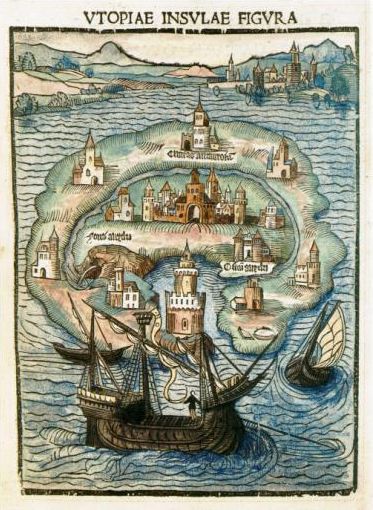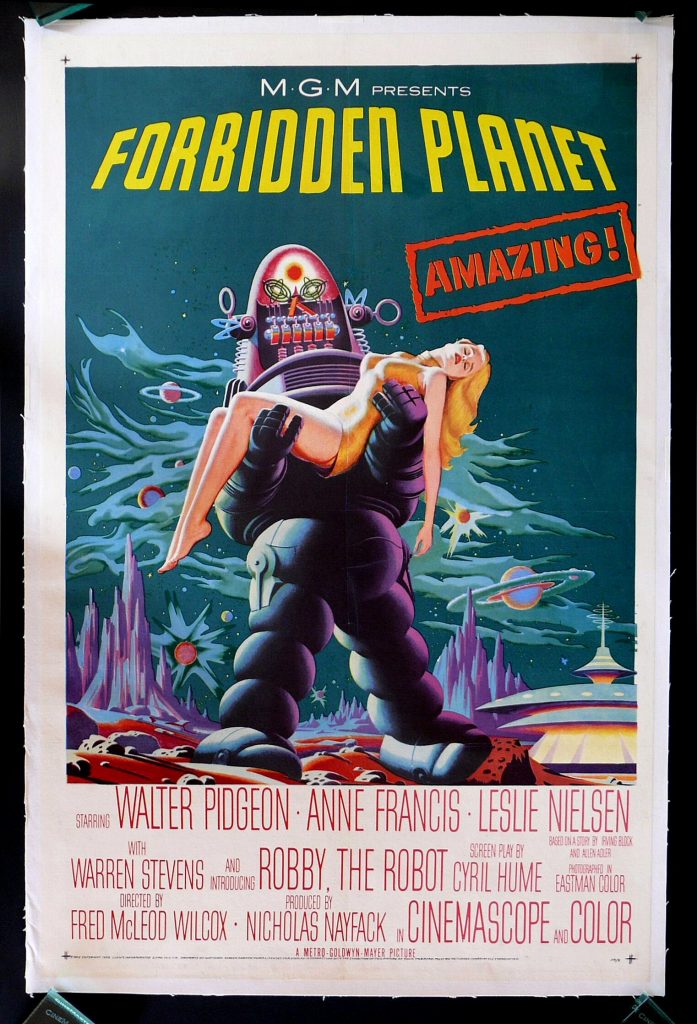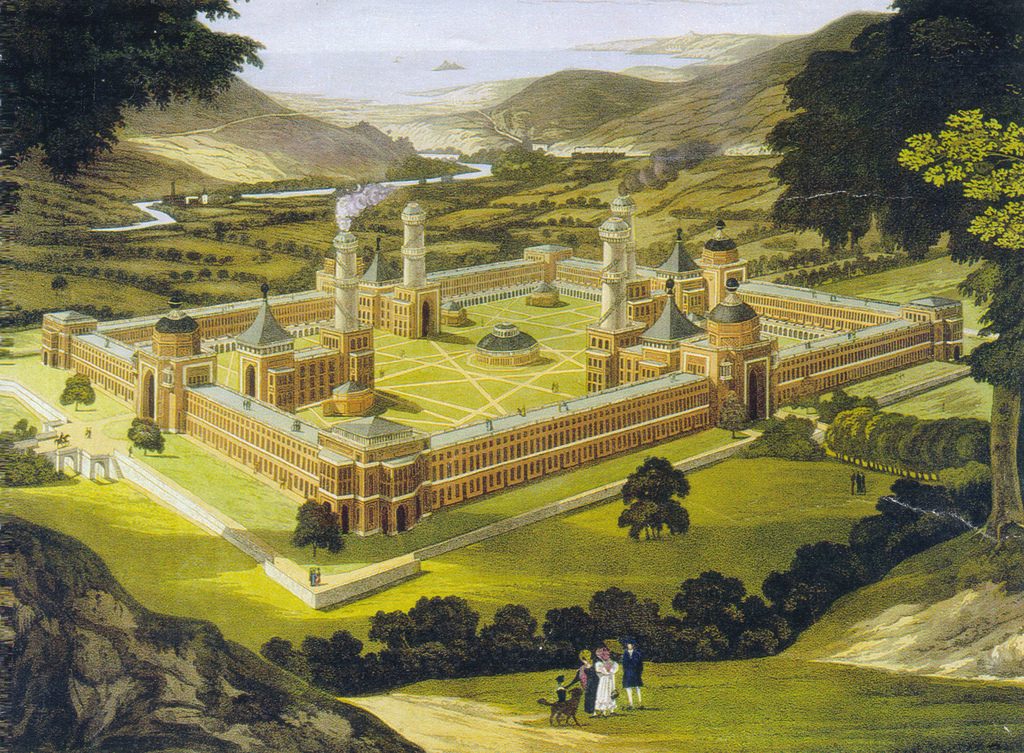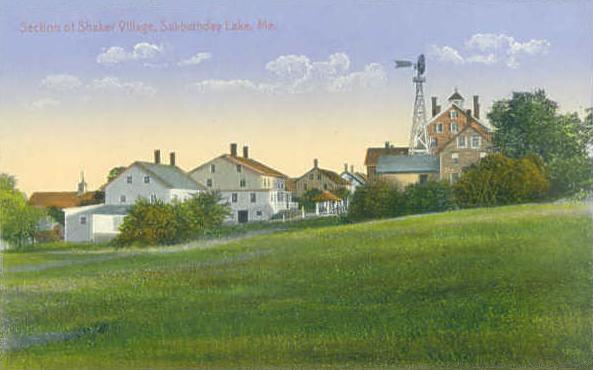When you’re an American Studies graduate student at William and Mary, your assistantships change every year. Last year I worked at the Mariners Museum in Newport News, where I helped out with inventories and drafted an exhibition proposal using the map collection. This year, I’m in the classroom serving as a Teaching Assistant for a class called Utopia in the Americas.
Encompassing literature, history, and film, this one-semester course looks at Utopian communities as they have manifested in the United States, particularly during the antebellum period. Through specific case studies, students analyze which qualities people seek in a perfect society, what you need to do to achieve it, and equally importantly, what you have to give up, whether it be individualism, private property, diversity, freedom, or something else. Utopian societies also offer an alternative lens for examining American history more broadly, as they illuminate the kinds of problems and issues people have endeavored to ameliorate by establishing brand new communities.

So far we’ve been looking at early examples of Utopian literature to get a sense of its history as a form. A couple of weeks ago, for instance, we read Thomas More’s Utopia, considered one of the most influential examples of the genre. This week, we’ll be reading The Tempest in conjunction with watching a classic sci-fi film that takes inspiration from the story, Forbidden Planet.

As an American Studies course, this class is interdisciplinary in content, so in addition to literature, we’ll also consider historical utopian communities. Examples include New Harmony, a community founded in Indiana by businessman and philanthropist Robert Owen, and the Shakers, whose religious practices underscored gender equality, communal living, and celibacy. While a lot of these communities may sound idealistic to us, they also addressed important social issues that still affect us today, including gender equality, family structure, and comfortable standards of living. These communities may have underestimated the practical challenges of establishing new social orders, but at the same time, we can still learn from their example when addressing ongoing inequalities.

Proposed illustration for New Harmony, Robert Owen’s utopian community. Image courtesy of https://quadralectics.wordpress.com/4-representation/4-1-form/4-1-4-cities-in-the-mind/4-1-4-2-the-future-city/
While the course focuses primarily on the nineteenth century, we’ll also move into more recent material from the twentieth and twenty-first centuries. In particular, we’ll explore the negative counterpart of utopia, the dystopian community, and ask why the concept of utopia-gone-wrong has become so prominent in literature and film. Among the films we’ll watch during the second half of the class is WALL-E, which playfully explores the overlaps between utopian and dystopian places.

So that’s the content, but what do I actually do as a TA? As a Teaching Assistant, my job is to help students learn not only the content of the course, but to hone their critical reading, writing, and discussion skills. This means I attend all the lectures and read the course materials so that I know what material is being covered. Since the professor has to go out of town later this month, I’ll give one of the lectures myself, using her notes as a guide. I’ve also been encouraged to give a mini-lecture later on the semester, so I plan on talking about art colonies, given my background in art history.
Attending lectures only constitutes one small part of my job though. I also read, comment on, and grade short papers written in response to course materials, as well as a more formal essay later in the course. In my comments, I usually highlight ideas that I’d like students to explore more deeply, praise them on instances where they used specific examples from texts to support their arguments, and all-around encourage them to speculate on the works they’re reading rather than simply summarize. I also lead weekly discussion sections where students talk about the materials they’re reading in greater depth. I write discussion questions based on the readings, but I also compile and synthesize questions that the students have written and posted online in advance.

While this isn’t the first time I’ve been a TA, that was ten years ago, so going back to the classroom, especially after working in museums for so many years, has definitely been a novel experience so far. Yet it hasn’t been as scary as you might think. Since I’m already in my 30s, I’m not as close in age to the undergraduates as a lot of my fellow graduate students, so I already have an advantage in getting the students to take me seriously. Being older also means that I have more life experience in general, which definitely helps with my confidence. My session as a Classroom Instructor for the Keio Program also helped me get comfortable in a classroom setting, especially when it comes to facilitating discussions. I’ve also found that I have a lot of transferable skills from my previous museum experience. This is especially true in relation to the time I spent giving tours to school groups, as I used questions and interactive discussions rather than lectures to talk about art with students. I’ve still got a lot to learn, of course, but I also know that’s true of anyone in any profession, so it doesn’t worry me the way it might have a few years ago.
So that’s what I’ll be up to this semester. While I was grateful to have the familiarity of the museum environment through my assistantship last year, I’m glad to have the chance to be in the classroom now. After all, one of the reasons why I decided to return to academia was to see whether I actually have any interest or aptitude in a teaching career, so this is a great place to try it out. Even if I decide to return to museums or similar institutions, the academic job environment is not the most promising, after all, I can definitely apply the skills I’ll develop through teaching to other types of work.
Right now, it’s too early to tell how I feel about teaching, but I’ve been enjoying TAing so far, and learning about fascinating communities in the process, so I can’t complain. More importantly, though, I hope my students are enjoying the course, or at least learning from it.